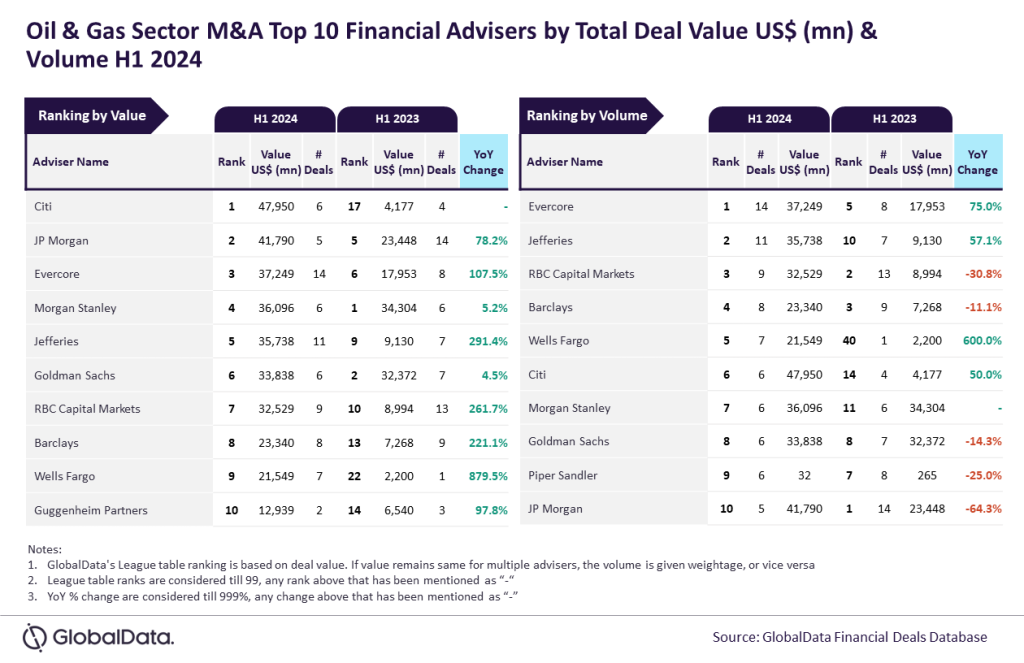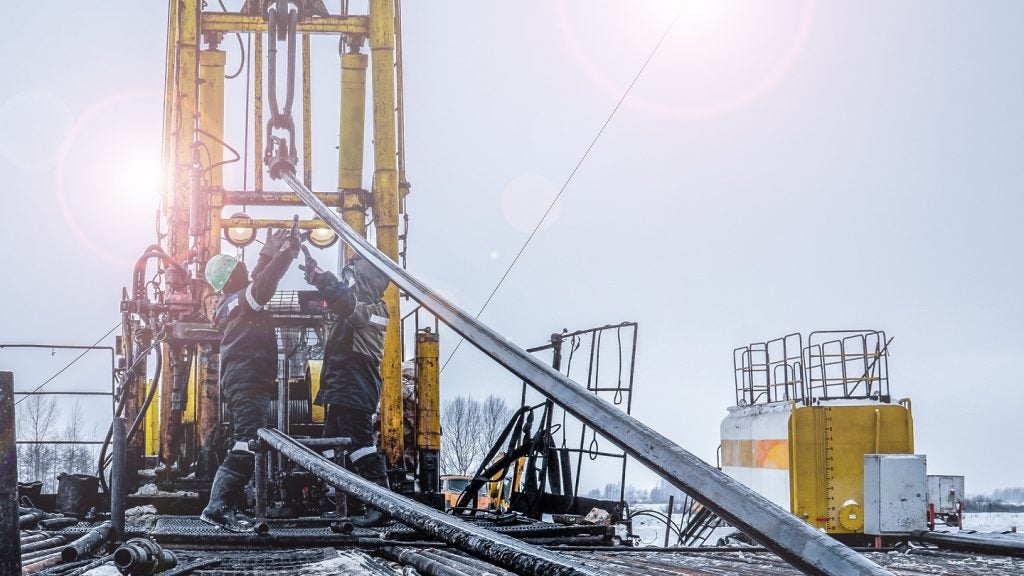Tortue Phase 2 (Mauritania) is a conventional gas development located in ultra-deepwater in Mauritania and is operated by BP Mauritania Investments. According to GlobalData, who tracks more than 34,000 active and developing oil and gas fields worldwide, lies in block C 8 and Greater Tortue Ahmeyim (Mauritania), with water depth of around 9,023 feet. Buy the profile here.
The project is currently in approval stage and is expected to start commercial production in 2027. Final investment decision (FID) of the project will be approved in 2024. The development cost is expected to be $2,500 m.
Field participation details
The field is owned by BP, Kosmos Energy and Societe Mauritanienne des Hydrocarbures et de Patrimoine Minier.
Production from Tortue Phase 2 (Mauritania)
Production from the Tortue Phase 2 (Mauritania) conventional gas development project is expected to begin in 2027 and is forecast to peak in 2028, Based on economic assumptions, the production will continue until the field reaches its economic limit in 2051.
Contractors involved in the Tortue Phase 2 (Mauritania) conventional gas field
The key contractors involved in the Tortue Phase 2 (Mauritania) project as follows.
Other Contractors: KBR
For more details on the Tortue Phase 2 (Mauritania) Conventional Gas Field, buy the profile here.
Data Insights
From

The gold standard of business intelligence.
Blending expert knowledge with cutting-edge technology, GlobalData’s unrivalled proprietary data will enable you to decode what’s happening in your market. You can make better informed decisions and gain a future-proof advantage over your competitors.






